
Bruce: talking of smoke can you explain a bit more on the forum about whether cut stack and burn will be helpful or harmful to the environment: or may be that’s not the point...[Rupert White]
To be helpful or harmful? Well I would say that by being harmful I hope to be helpful. There a few points that this project circum-navigates…
I will cause pollution through burning the work [though not very much in comparison with oil, but atmospheric pollution it is]. There is little of what we do that does not have some consequence or other for the environment. But there are clearly both acceptable and unacceptable limits for the impact of our daily actions. The work and the burning of it, seeks to underline the inseparability of cause and effect in our lifestyles. The creation of smoke is a visual expression of this.
I have an interest in using sustainably resourced natural material derived from land management cycles - such as furze – informed by my art practice and nature conservation experience. I particularly wanted to use a material that was a by product of such a process that had not been created especially for my work, a material that had been cut by hand [machete] and not by power tool.
I have set out to create an interactive project with an audience using the landscape as a platform for its ideas while avoiding pictorial representation. In this case I have looked at what is happening to the landscape and have responded using visual methods such as performative re-enactment [cutting] and hands-on participation [stacking] with unconventional material and contexts that use materials to examine issues not traditionally associated in the realms of landscape art such as sustainability. This has entailed the gathering of material from the landscape in the preparation stages, to witnessing the transition from material mass to constructed form through performative events played out in the tamed environment of a subtropical garden. The final stage of the project, when the project is at its ‘zenith’, will be to release the energy stored in it. The work will be set alight as furze traditionally was but not as a domestic fuel source. The burning of the work serves a practical purpose – to see the transition of energy stored in the material released into smoke/gases and heat. The releasing of this energy by combustion is effortless – and should be very quick. This conceptual action references the pressing of a button or flicking of a switch. This quick, easy and effortless familiarity is how the vast majority of us consume energy. To have taken so much time and effort to harvest an energy source and painstakingly build something only to destroy it the moment it has been created, sends echoes to me about our flippant regard to energy use.
We generally have no direct experience of the harnessing of energy we use. This is in direct contrast to the experiences of the people involved with the CUT/STACK/BURN project which sets out, in part, to illustrate the effort involved in procuring your own energy source.
In my practice an awareness of society’s relationship with natural resources and our collective use of energy have emerged in my work and I am eager to explore how a visual interpretation of this might proceed. How contemporary artists can engage in a relevant way with the environment, landscape or whatever name you would call it, given the legacy that, on a regional level at least, still appears to be encumbered by pictorial representation is of interest to me. Often, when the use of landscape is used as subject matter in painting for example, a principle theme -the evocation/translation of beauty – becomes an obsession. But is that the only way to engage with the landscape? What does that tell us about it? Is that all it is a thing of beauty? I believe this is not only a limited and blinkered view but also a dangerous one. When art lacks meaning it becomes decoration. The same happens when the landscape is treated in a similar way. It becomes a product to be packaged, to be manipulated and marketed solely as a place of leisure. Our relationship with it becomes diminished and superficial. I think that ‘pretty’ needs to be taken out of the picture completely. The pictorial representation of the landscape holds no interest for me but a work that looks beneath the surface of what it is and means to the people who use it and tries to address the issues it faces appears to me to be a far more relevant way to engage with it.
To be helpful or harmful? Well I would say that by being harmful I hope to be helpful. There a few points that this project circum-navigates…
I will cause pollution through burning the work [though not very much in comparison with oil, but atmospheric pollution it is]. There is little of what we do that does not have some consequence or other for the environment. But there are clearly both acceptable and unacceptable limits for the impact of our daily actions. The work and the burning of it, seeks to underline the inseparability of cause and effect in our lifestyles. The creation of smoke is a visual expression of this.
I have an interest in using sustainably resourced natural material derived from land management cycles - such as furze – informed by my art practice and nature conservation experience. I particularly wanted to use a material that was a by product of such a process that had not been created especially for my work, a material that had been cut by hand [machete] and not by power tool.
I have set out to create an interactive project with an audience using the landscape as a platform for its ideas while avoiding pictorial representation. In this case I have looked at what is happening to the landscape and have responded using visual methods such as performative re-enactment [cutting] and hands-on participation [stacking] with unconventional material and contexts that use materials to examine issues not traditionally associated in the realms of landscape art such as sustainability. This has entailed the gathering of material from the landscape in the preparation stages, to witnessing the transition from material mass to constructed form through performative events played out in the tamed environment of a subtropical garden. The final stage of the project, when the project is at its ‘zenith’, will be to release the energy stored in it. The work will be set alight as furze traditionally was but not as a domestic fuel source. The burning of the work serves a practical purpose – to see the transition of energy stored in the material released into smoke/gases and heat. The releasing of this energy by combustion is effortless – and should be very quick. This conceptual action references the pressing of a button or flicking of a switch. This quick, easy and effortless familiarity is how the vast majority of us consume energy. To have taken so much time and effort to harvest an energy source and painstakingly build something only to destroy it the moment it has been created, sends echoes to me about our flippant regard to energy use.
We generally have no direct experience of the harnessing of energy we use. This is in direct contrast to the experiences of the people involved with the CUT/STACK/BURN project which sets out, in part, to illustrate the effort involved in procuring your own energy source.
In my practice an awareness of society’s relationship with natural resources and our collective use of energy have emerged in my work and I am eager to explore how a visual interpretation of this might proceed. How contemporary artists can engage in a relevant way with the environment, landscape or whatever name you would call it, given the legacy that, on a regional level at least, still appears to be encumbered by pictorial representation is of interest to me. Often, when the use of landscape is used as subject matter in painting for example, a principle theme -the evocation/translation of beauty – becomes an obsession. But is that the only way to engage with the landscape? What does that tell us about it? Is that all it is a thing of beauty? I believe this is not only a limited and blinkered view but also a dangerous one. When art lacks meaning it becomes decoration. The same happens when the landscape is treated in a similar way. It becomes a product to be packaged, to be manipulated and marketed solely as a place of leisure. Our relationship with it becomes diminished and superficial. I think that ‘pretty’ needs to be taken out of the picture completely. The pictorial representation of the landscape holds no interest for me but a work that looks beneath the surface of what it is and means to the people who use it and tries to address the issues it faces appears to me to be a far more relevant way to engage with it.
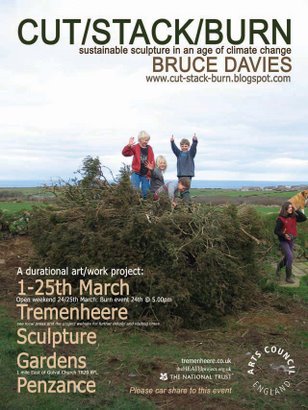
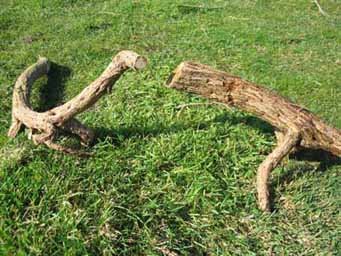
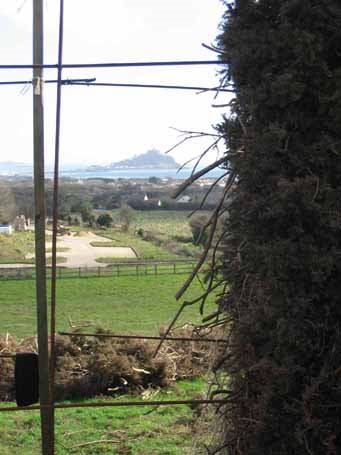
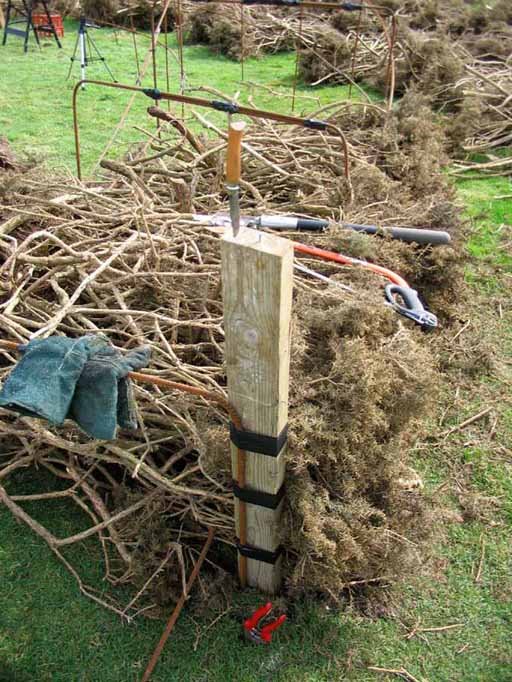
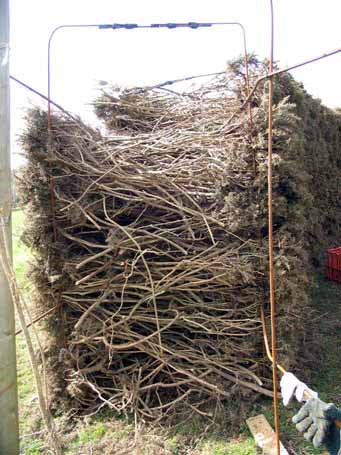
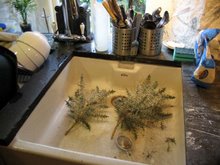
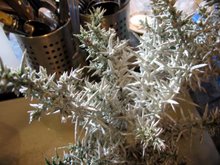
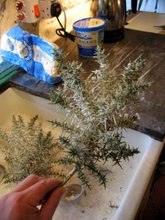
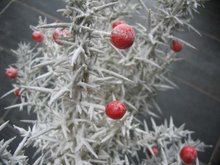
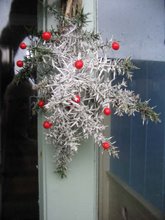

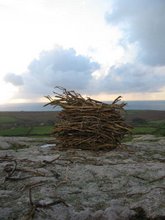
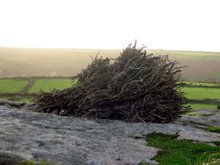
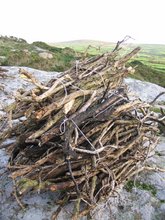
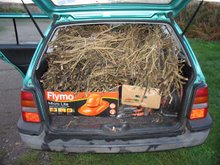
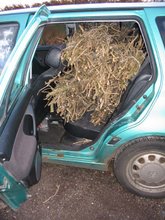
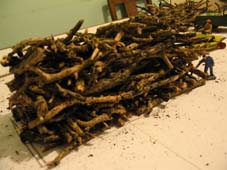
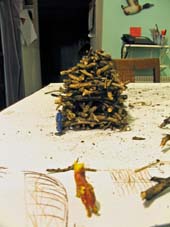
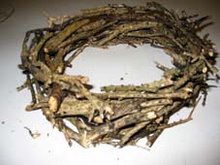
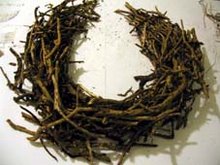
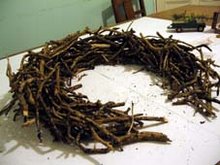
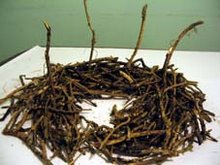
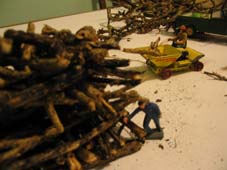
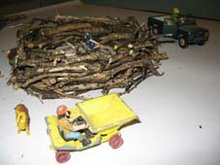
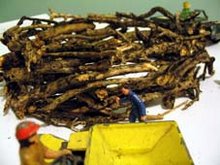

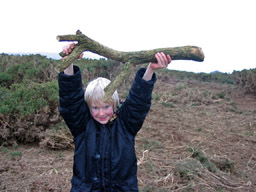
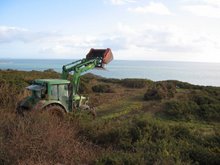
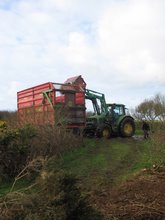
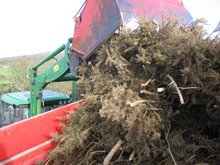

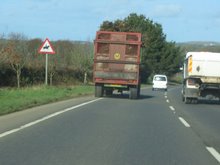
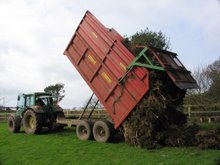
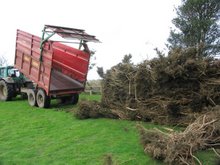
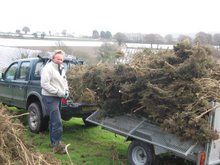
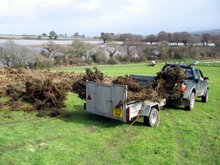
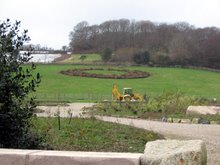
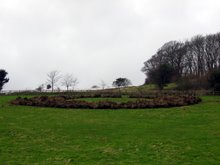
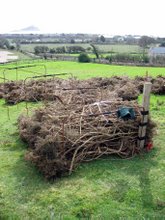
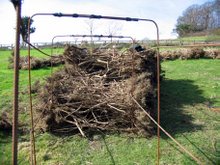
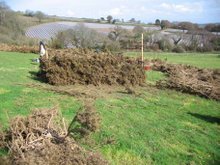
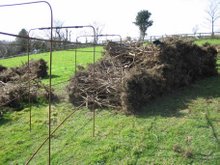
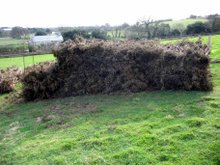
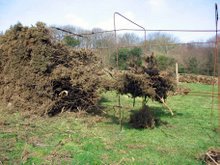
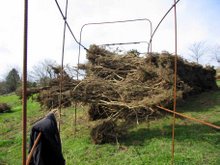
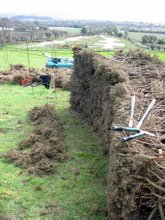
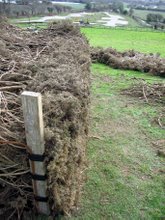
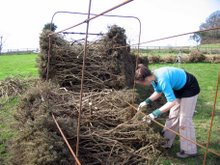
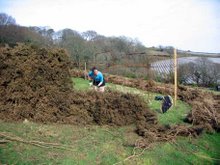
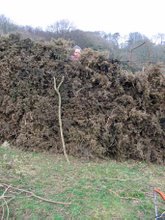
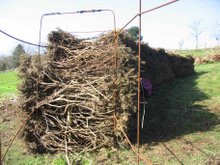
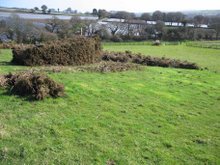
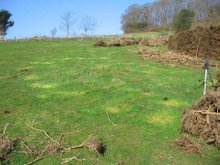
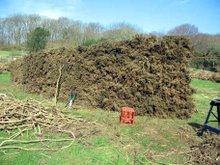
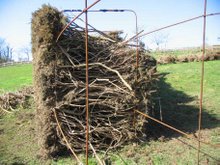
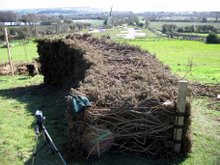

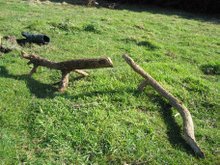
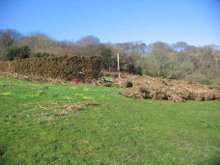
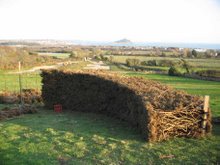
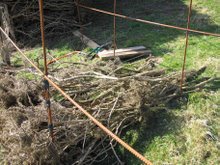
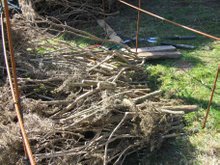
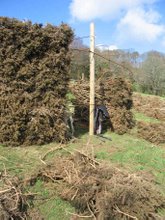
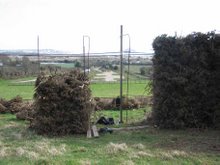
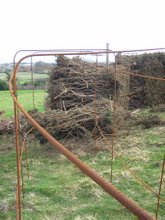
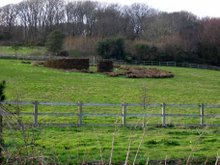
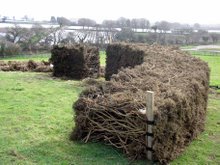
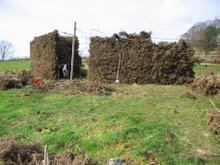
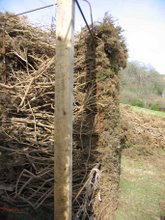
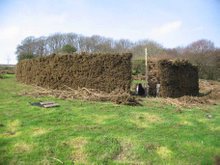
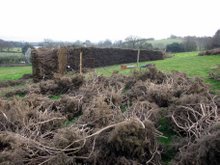
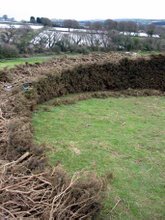
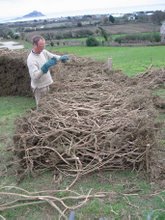
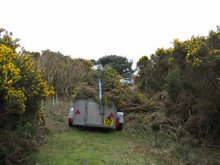
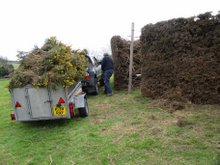
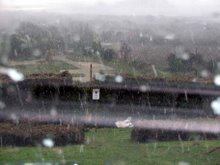
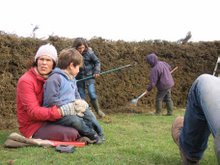
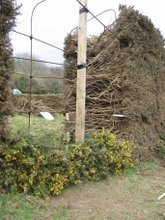


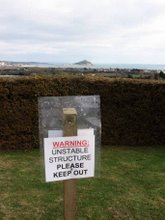
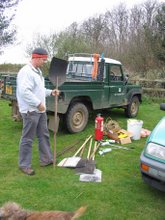
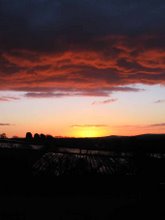

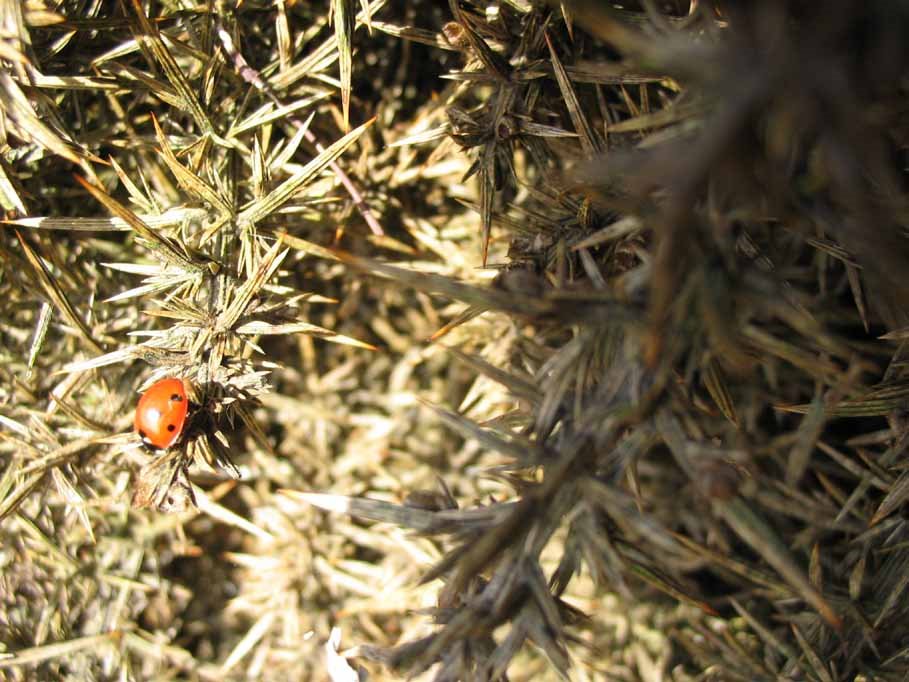
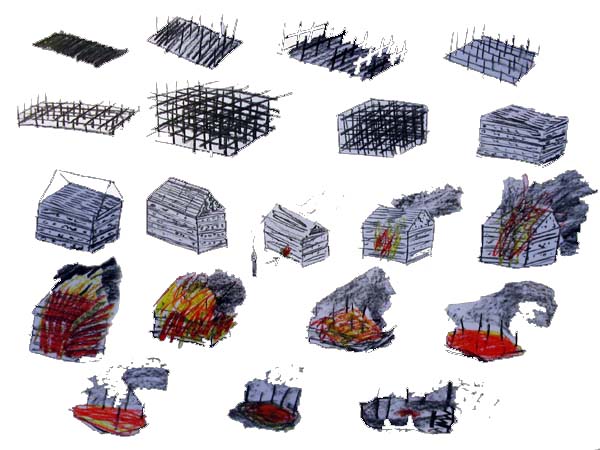
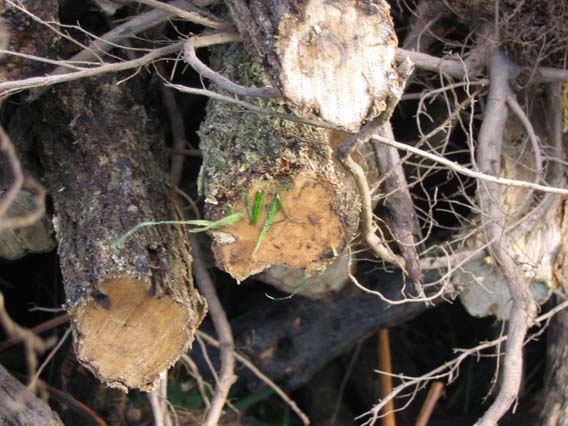
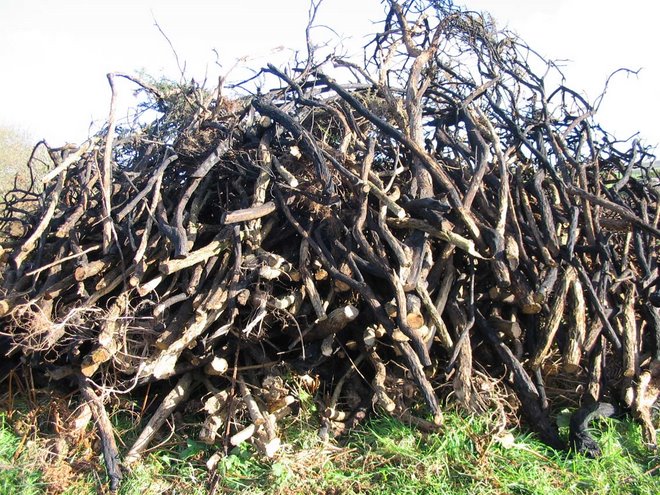
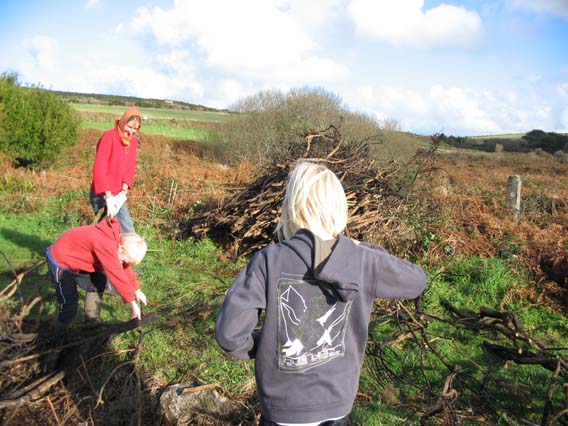
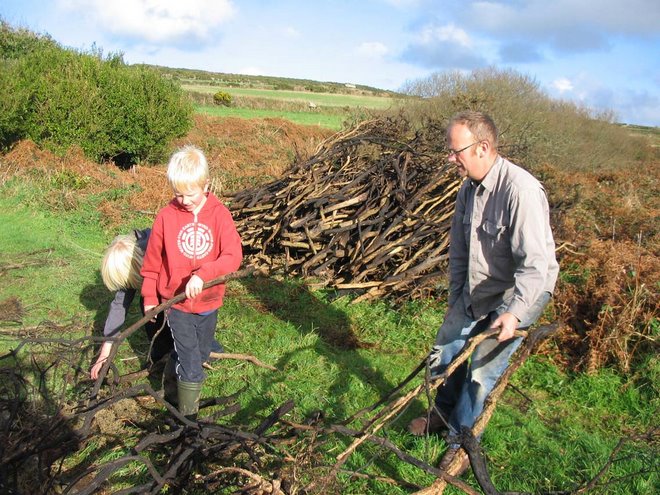
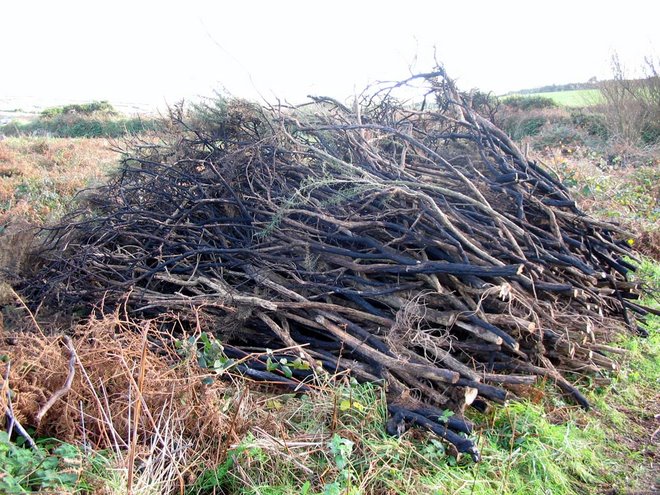
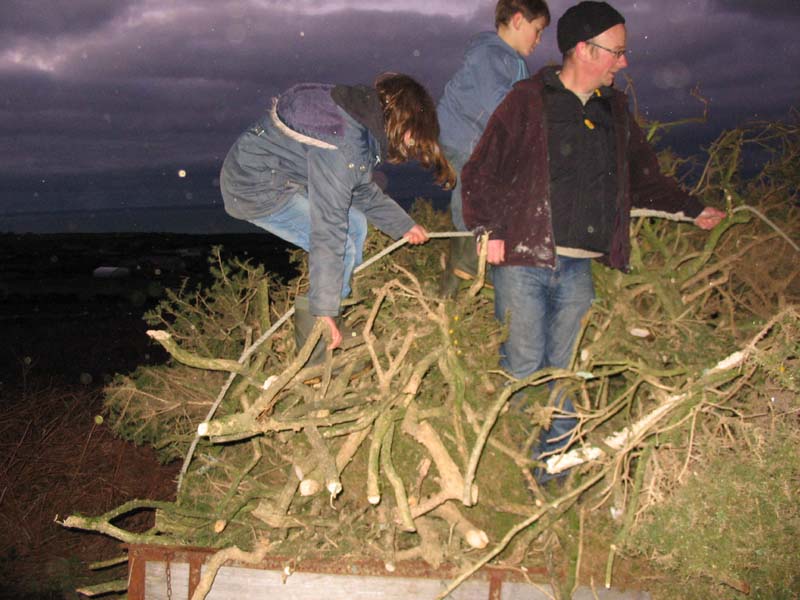

![i survived an assalut by a deadly [natural] weapon and lived to tell the tale](http://photos1.blogger.com/x/blogger2/2561/191242230969139/410/85448/gse_multipart25569.jpg)
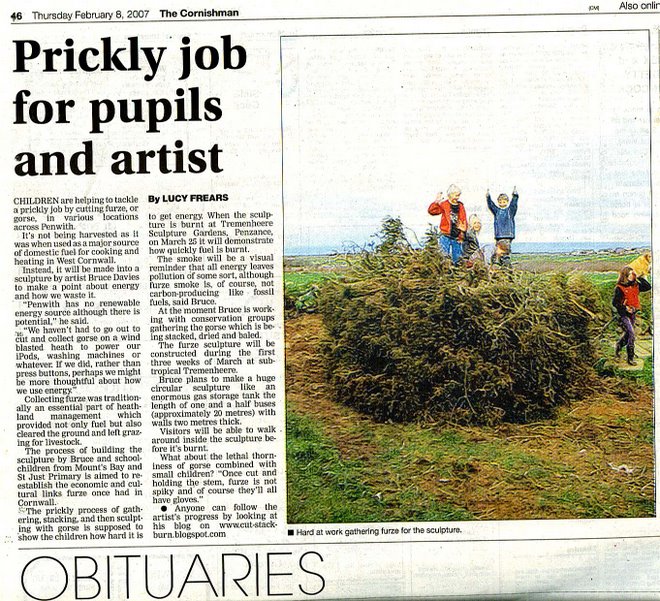
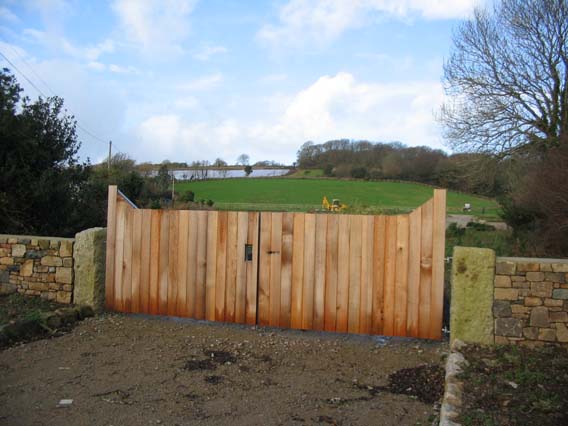


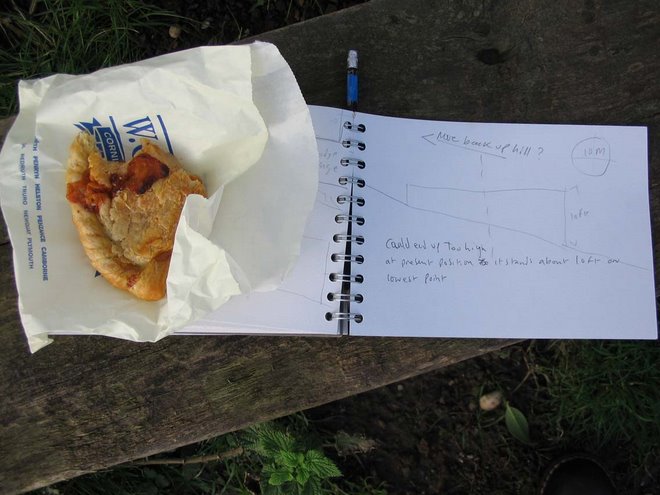
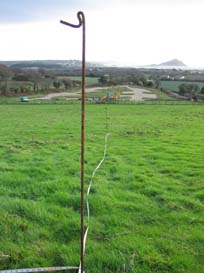
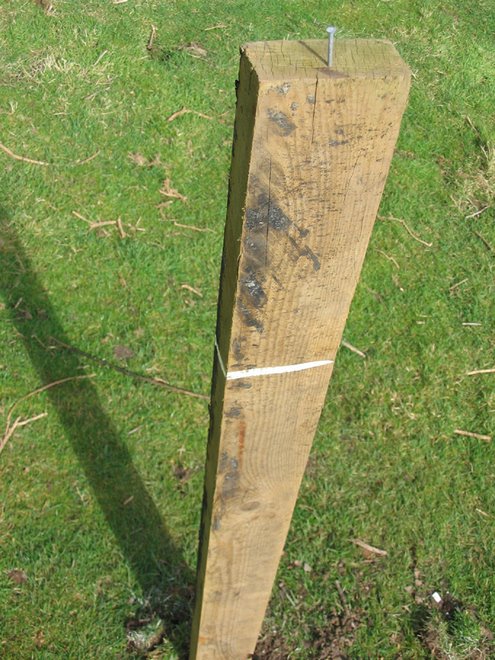
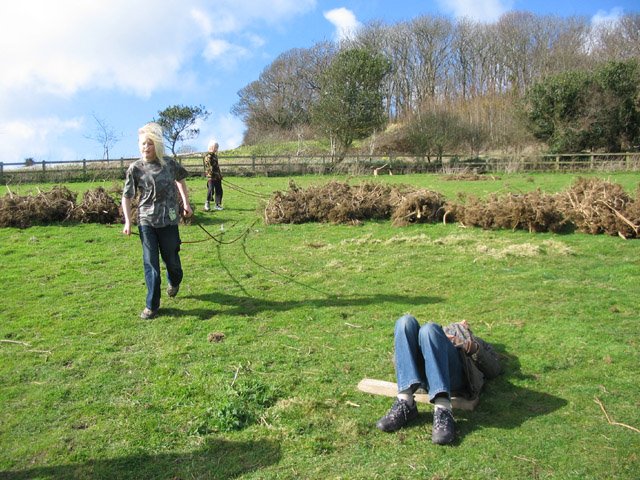
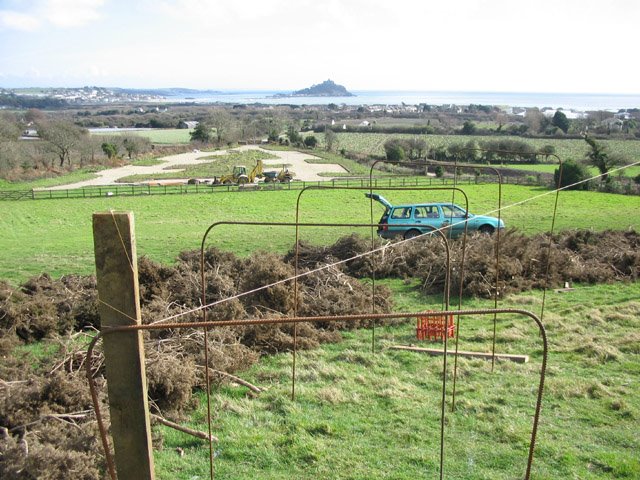
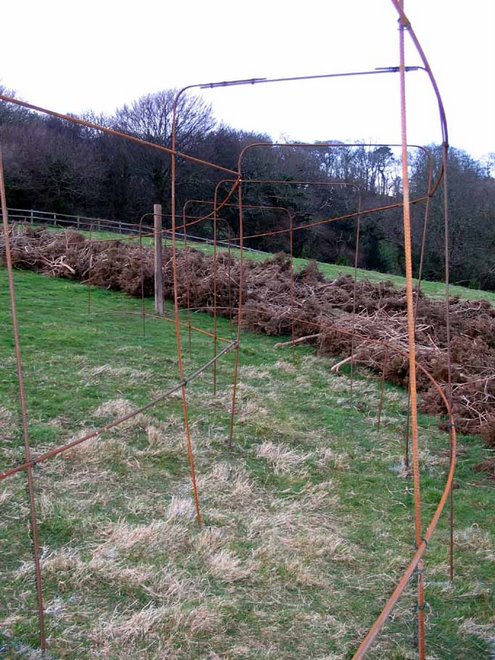
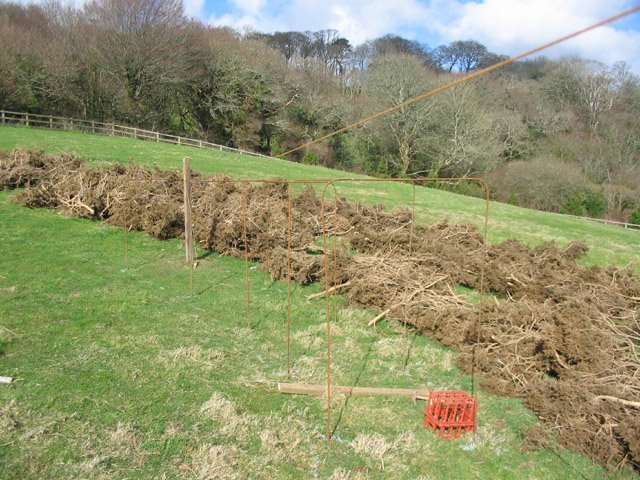
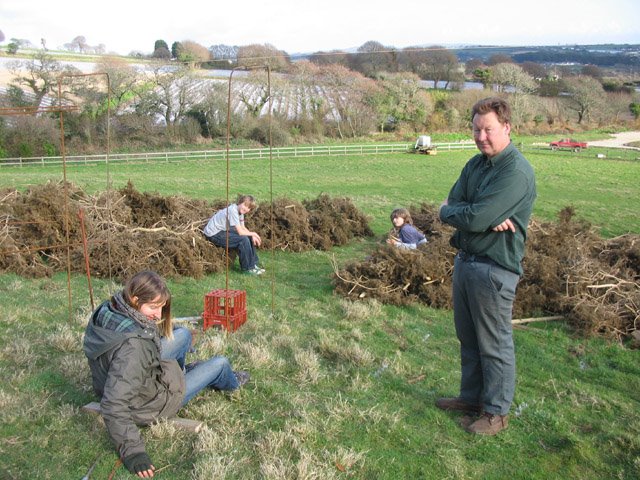
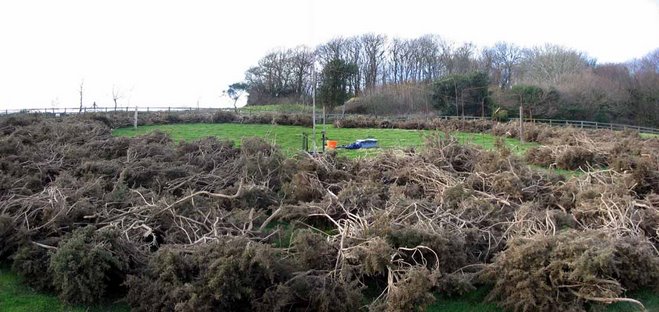
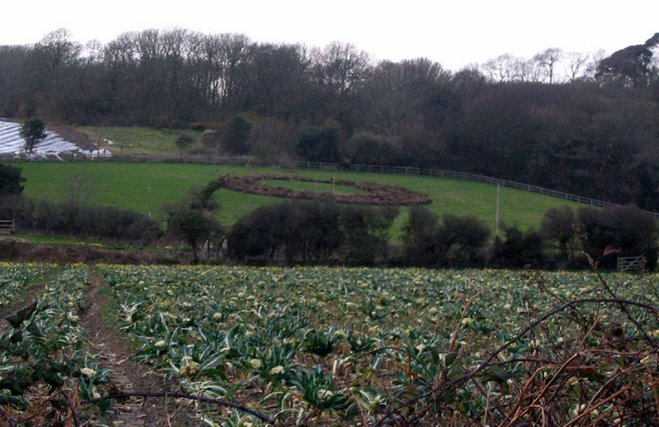
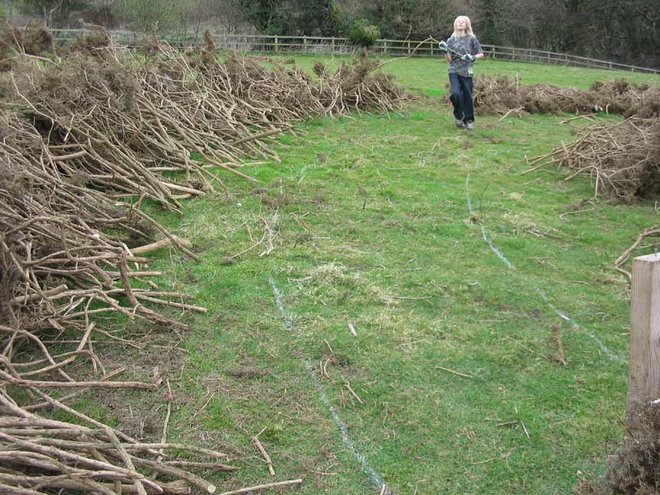
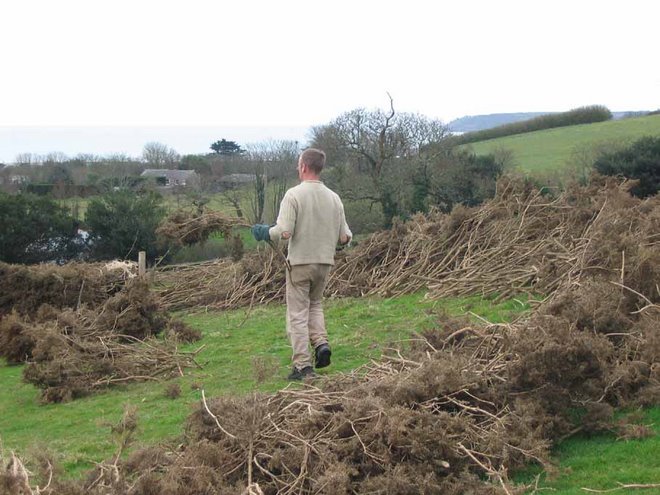
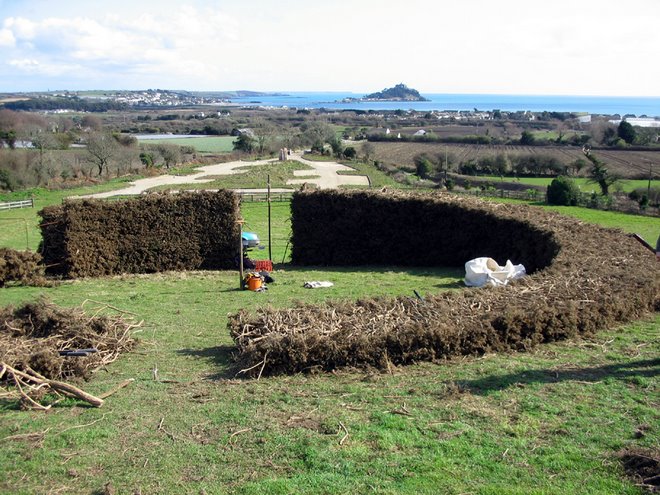
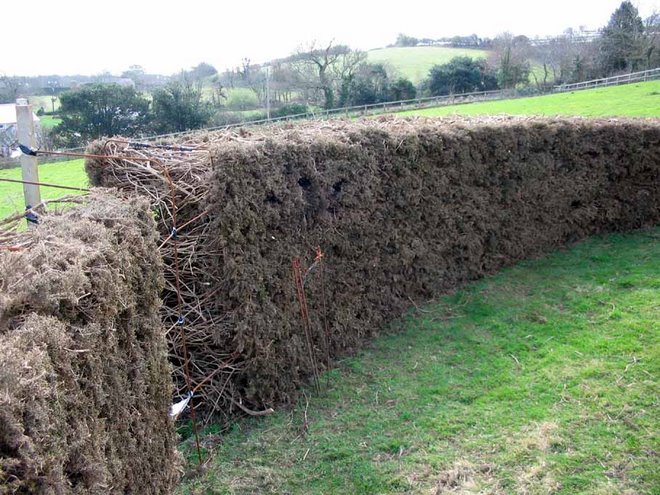
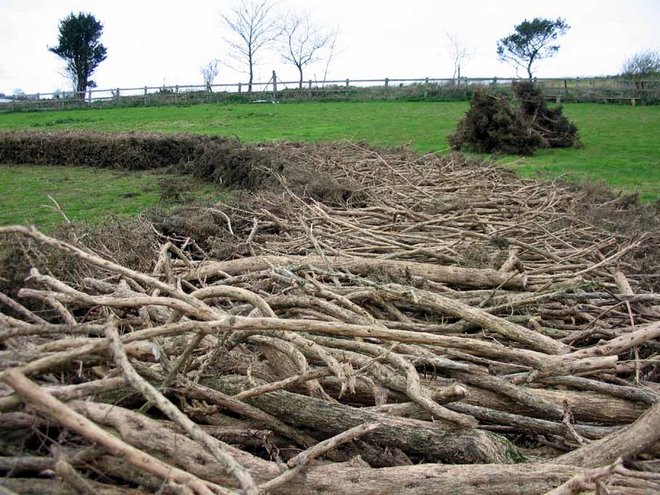
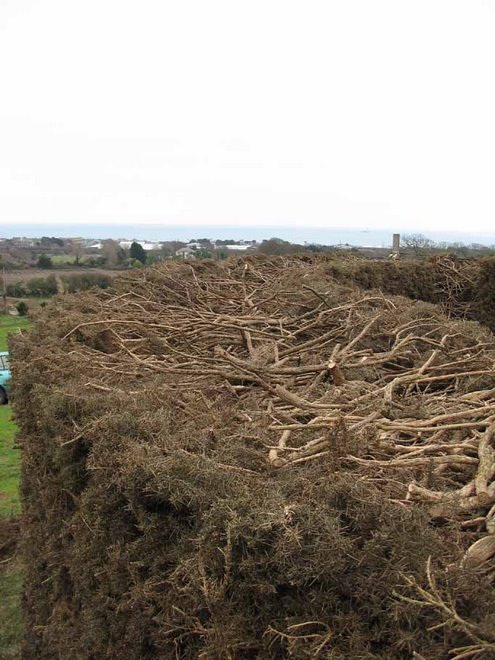
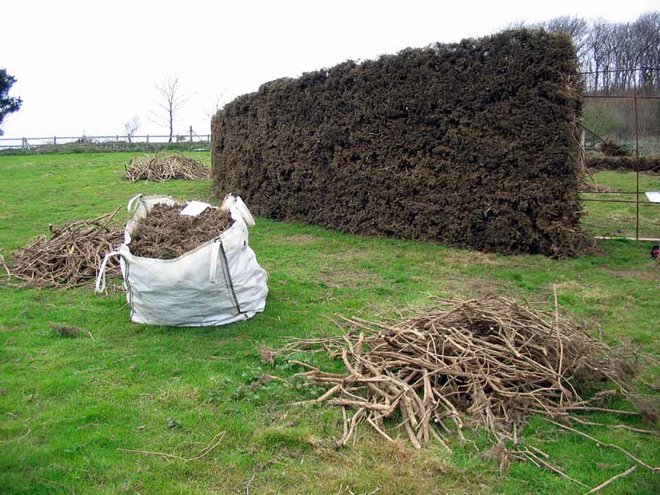
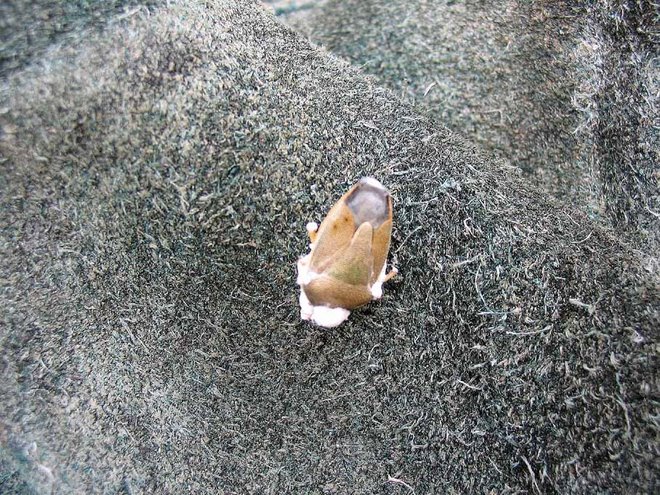
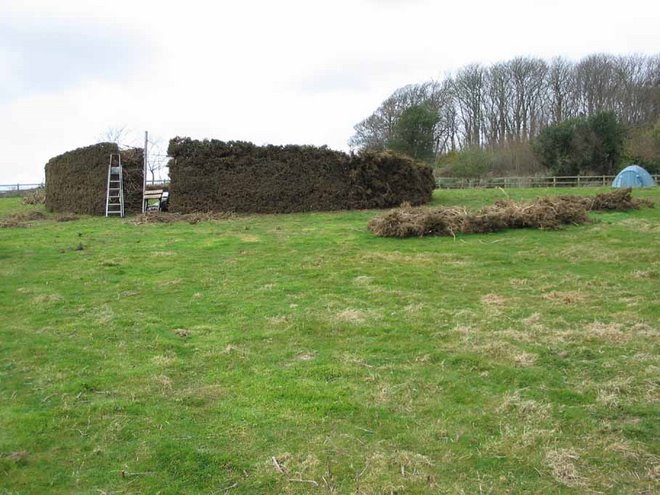
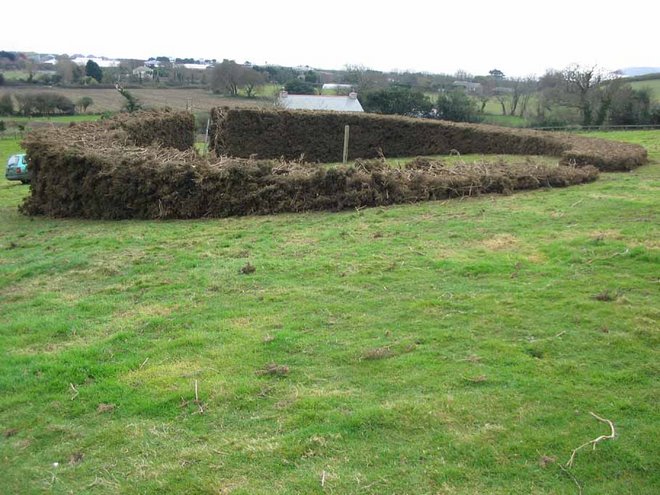

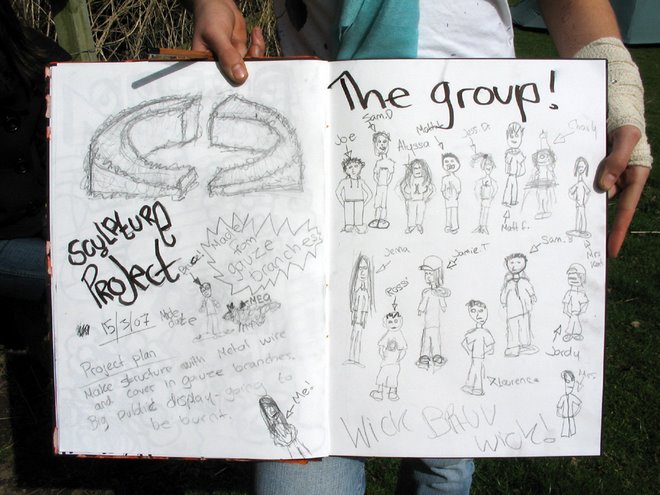
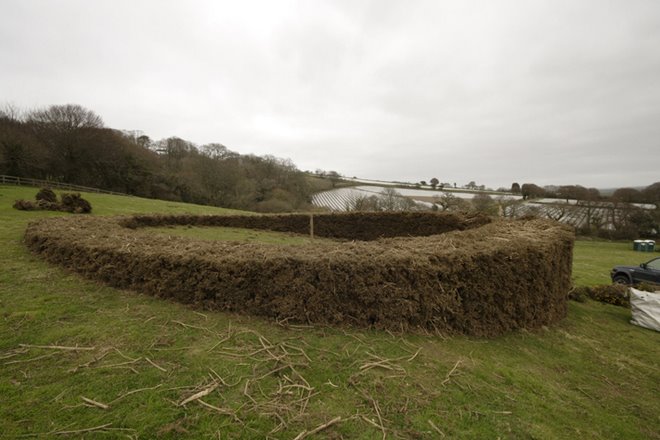
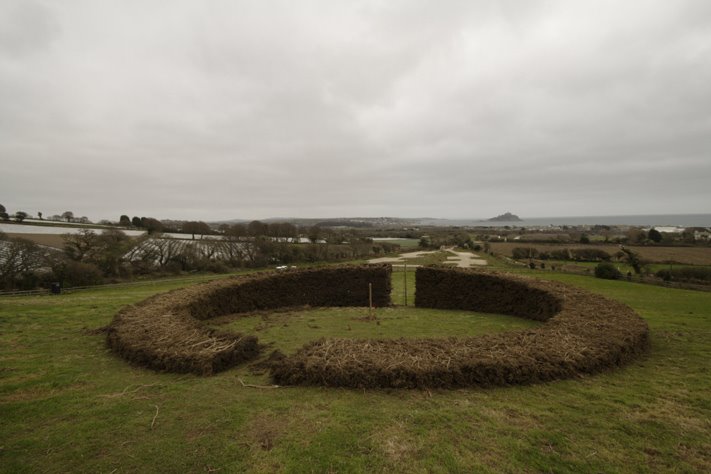
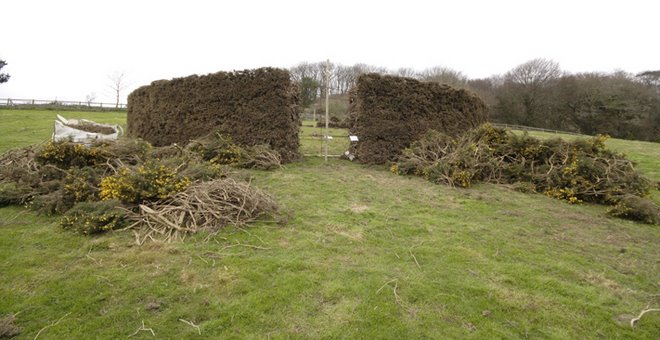
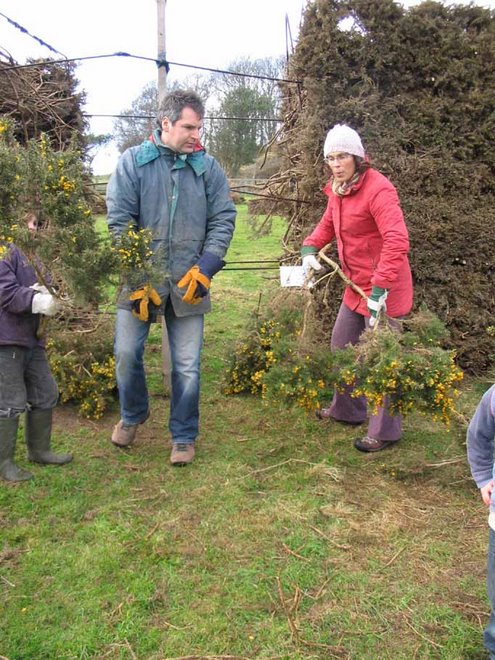
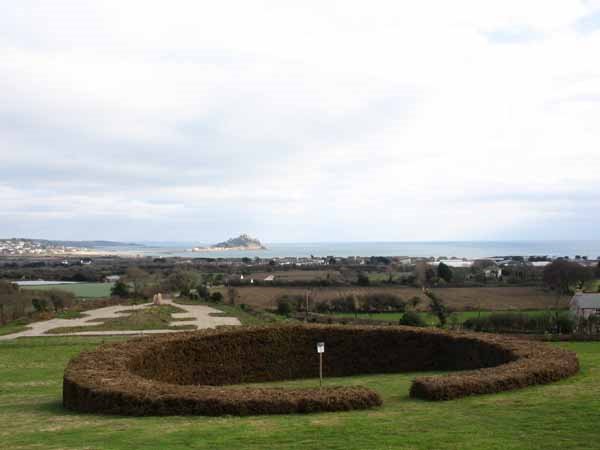
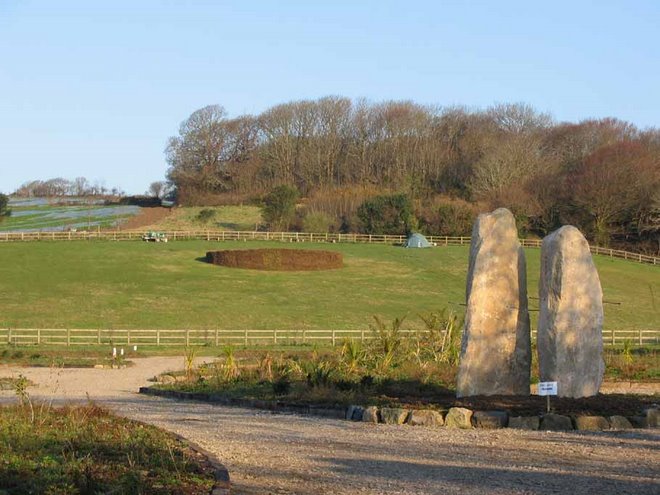
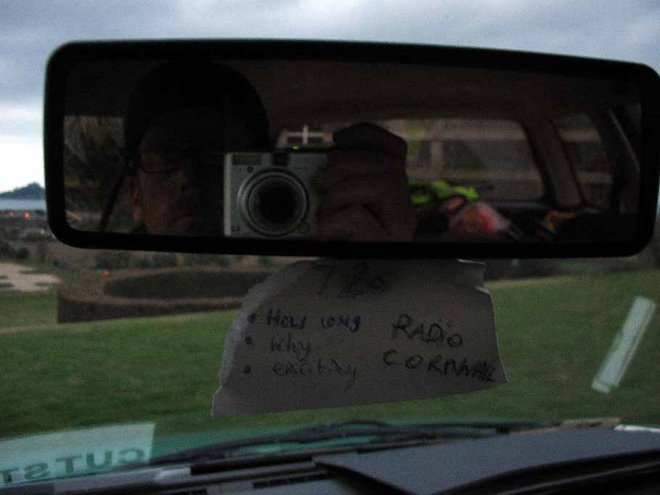
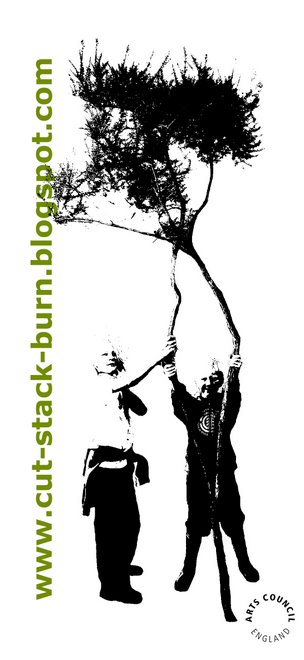
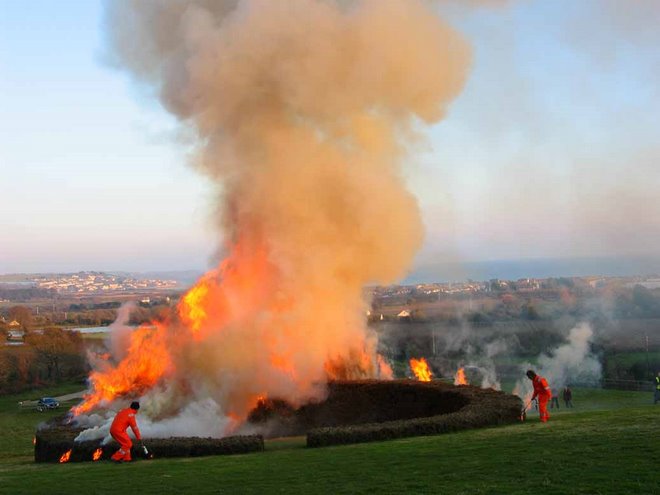
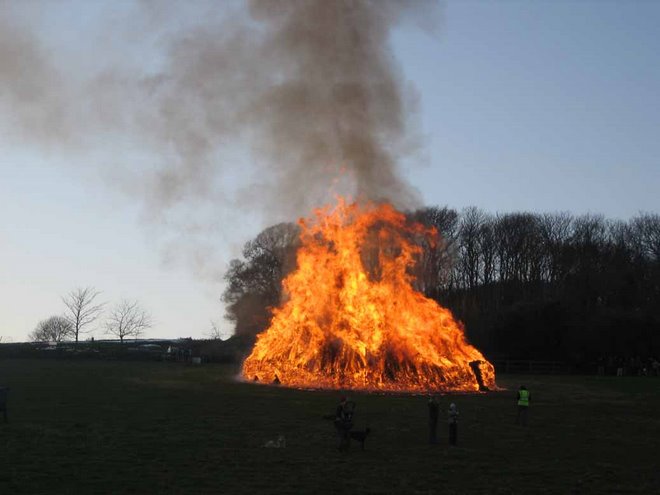
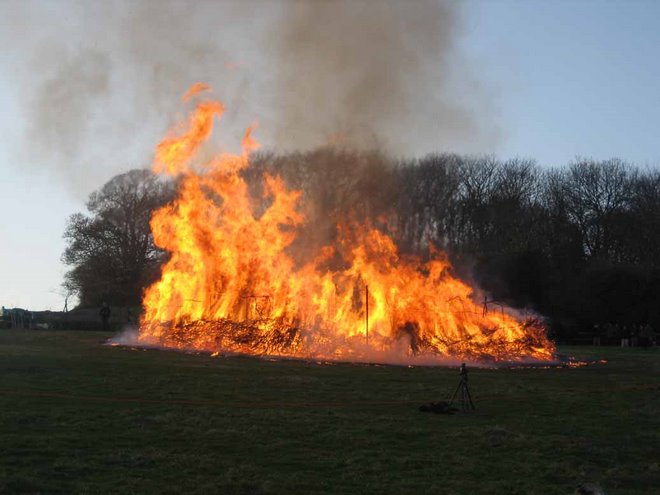
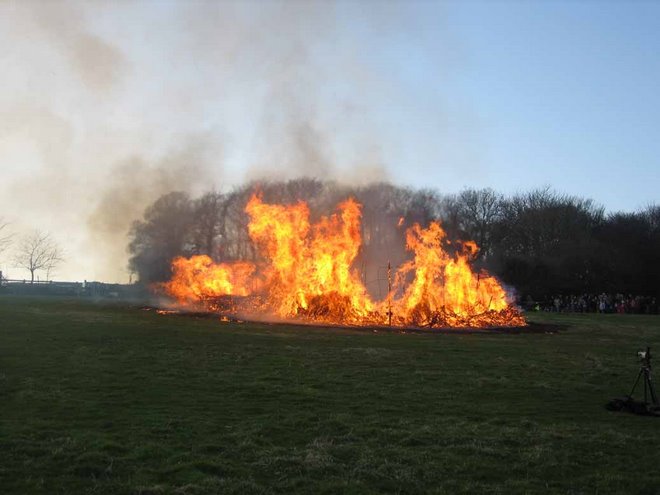
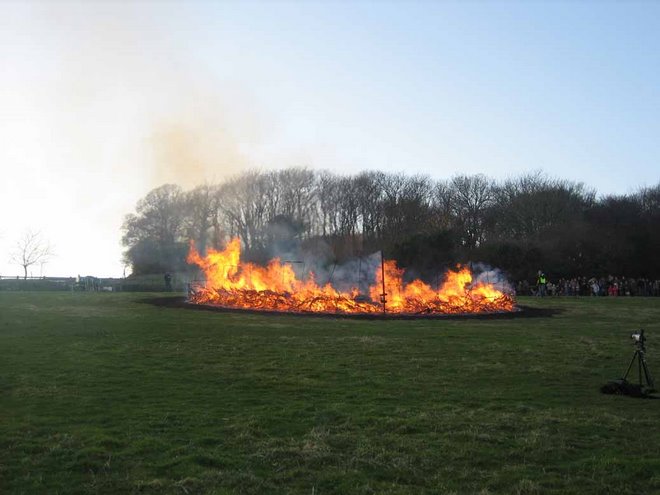
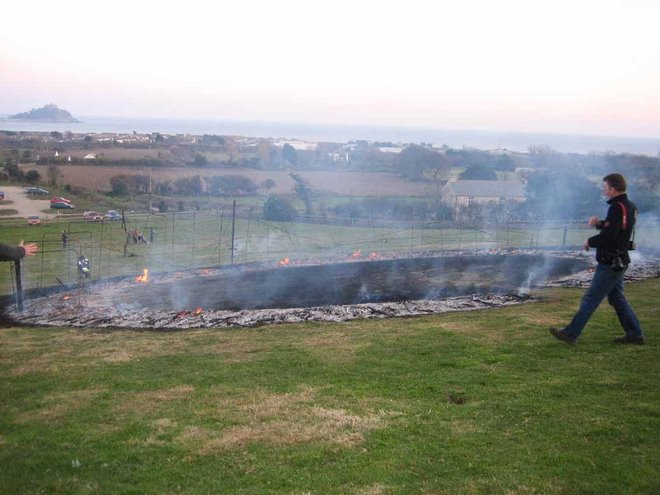
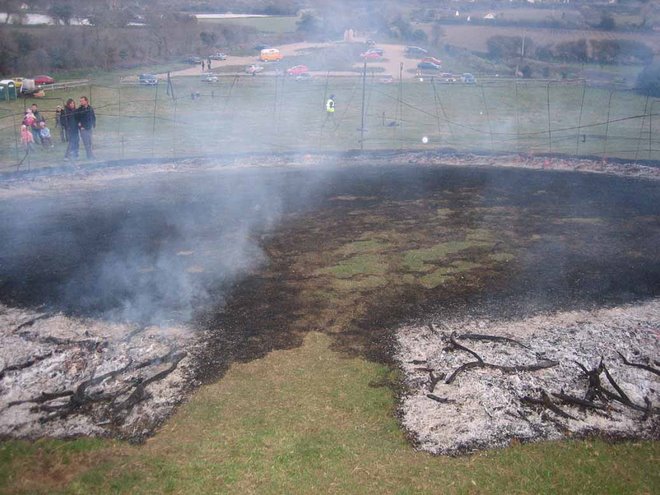
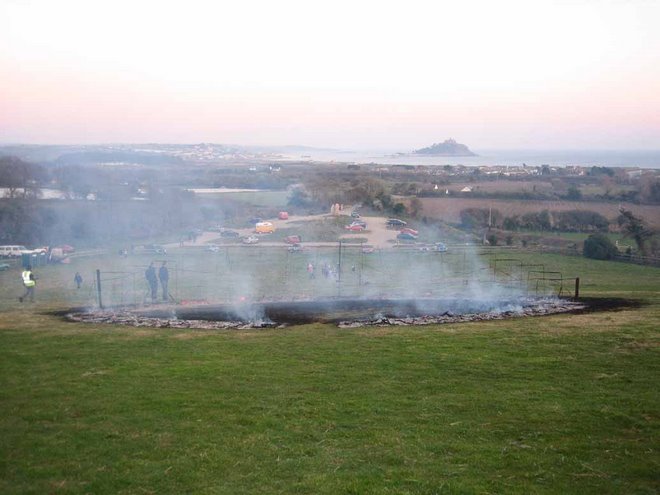
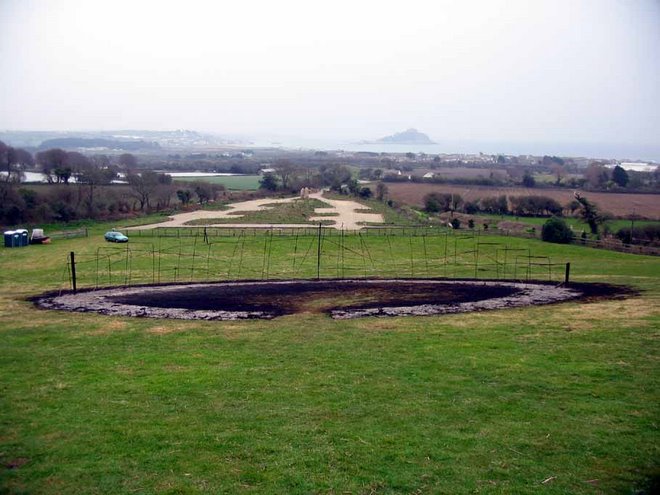
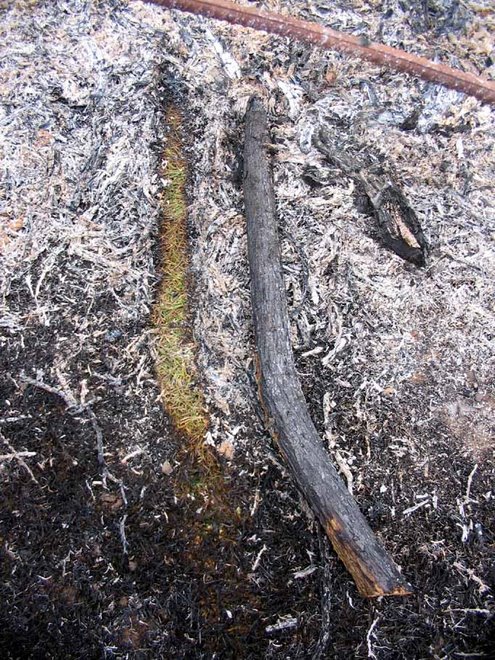
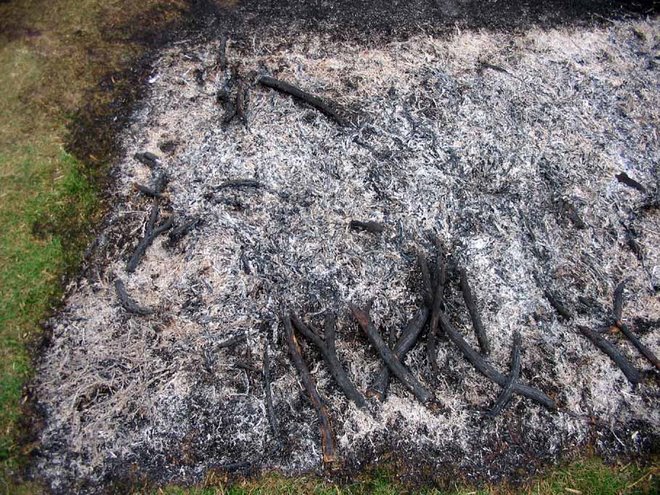
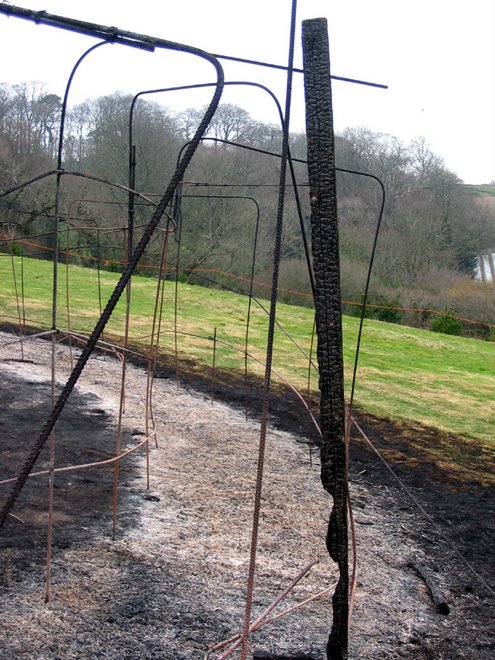
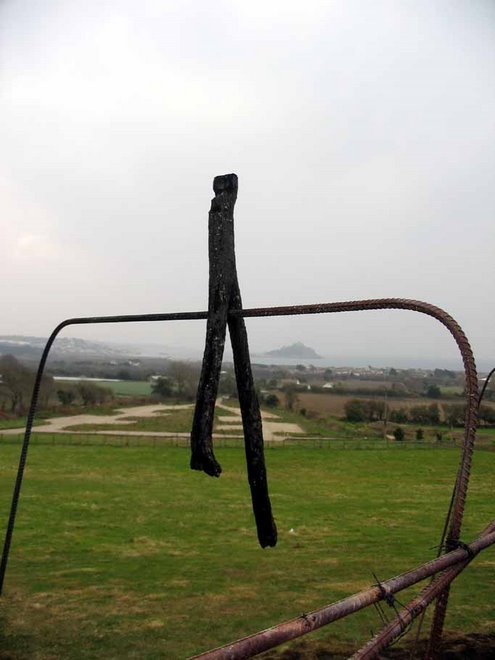
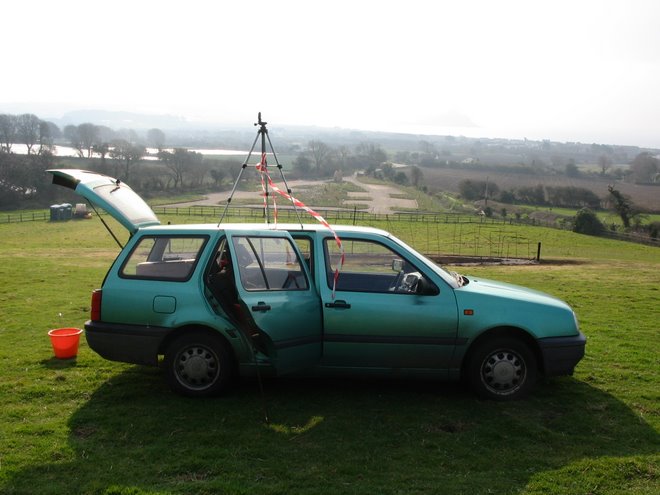
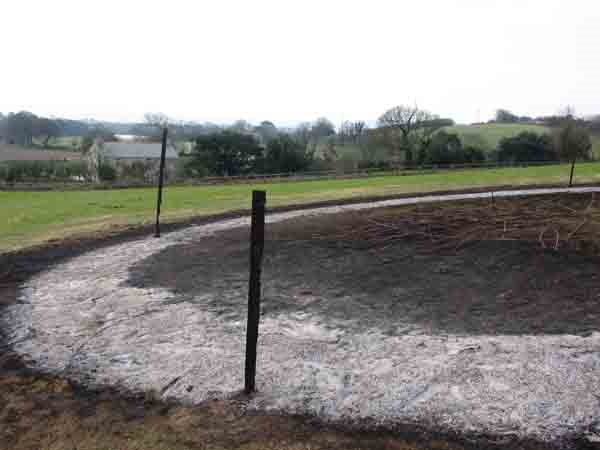
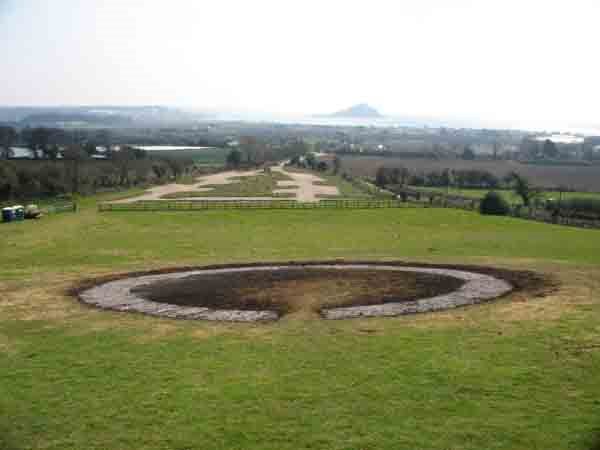

No comments:
Post a Comment